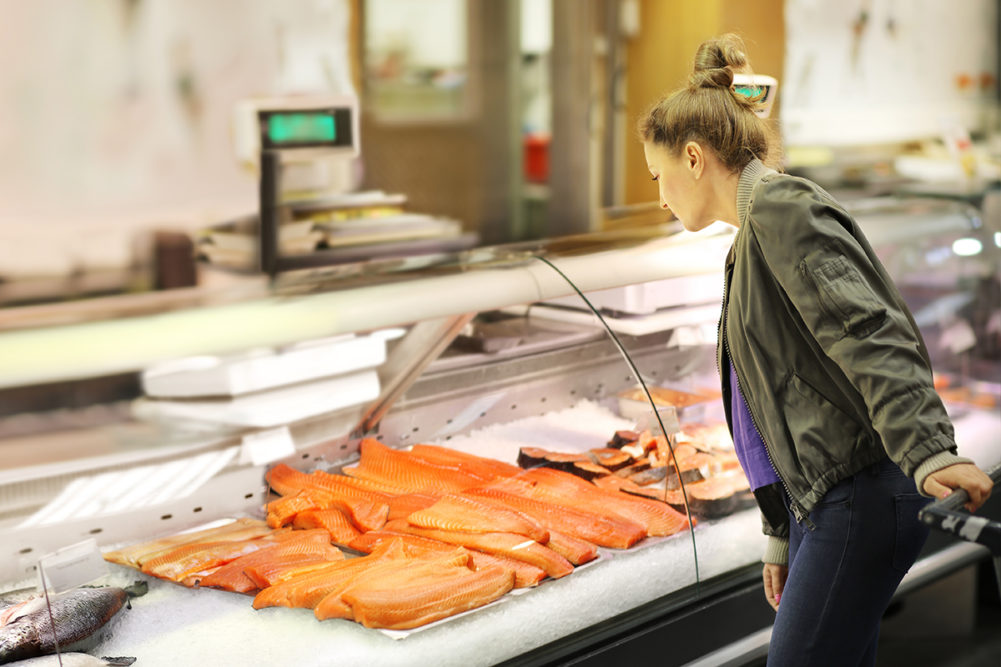In the Power of Seafood 2023, a new report from Arlington, Va.-based FMI – The Food Industry Association, consumers were surveyed on their seafood purchasing behavior. The answers to the following two questions can better inform retailers on how to boost seafood sales.
Why have you been eating more seafood during the past 12 months?
- Trying to eat healthier/better for me: 52%
- Seeking more variety in diet: 34%
- Seafood is environmentally friendly or sustainable/better for the planet: 33%
- Have been eating more of all proteins: 30%
- Price/price compared to other proteins: 28%
- Has become a habit during the pandemic: 21%
Why have you been eating less seafood during the past12 months?
- Inflation/prices overall: 47%
- Price/Price compared to other proteins: 38%
- Eating other proteins (meat and poultry): 19%
- Trying to eat healthier/better for me: 13%
- Restaurants not serving/charging more for seafood: 12%
- Seeking more variety in diet: 10%
Retailers should continue their emphasis on all of the health claims that seafood can make, from the high-quality protein and heart healthiness to the essential nutrients including Omega-3s. This can be supported by the Dietary Guidelines for Americans which recommends two servings of seafood a week. Further emphasis could also be placed by retailers on the benefits of seafood for mental health, brain health memory and cognition.
While not all seafood consumers are focused on sustainability, those that are must have their needs and interests addressed. Whether by having their sustainability standards or relying on the certifications available, retailers must be open about their seafood’s sustainability. Retailers can serve as a valuable resource for their shoppers in clarifying and navigating the often unclear and uncertain waters of sustainable seafood.
Retailers should continue to support seafood consumers with ideas and inspiration for seafood preparation. In these challenging inflationary times, suggestions such as how to prepare cost-effective and nutritious meals with seafood will help with perception that food retailers are on their side and help seafood sales rebound. Delivery of these ideas should take a variety of forms including traditional methods, digital (apps, web site, online shopping platforms) and an array of social media.
During these stressful and challenging times for shoppers, retailers need to continue to be sensitive to concerns about food inflation. Offering sales and special deals helps manage shopper value perceptions, along with a focus on value that includes quality in the assessment. Retailers should tap into shoppers’ desire to do more planning of their food procurement by offering tools and assistance. While shoppers mostly prefer fresh seafood, retailers can advance frozen seafood advantages on overall value, avoiding waste.
As shoppers continue to shop around, retailers need to strive to capture a greater share of their shoppers’ seafood dollar. Emphasizing the combination of price and quality in seafood offerings, food retailers can appeal to the shopper focus on value. While most seafood purchases continue to be in-store, online continues to an excellent communication channel to reach seafood consumers on their path to their actual seafood purchase as they do not purchase seafood online but often shop for other groceries online.

